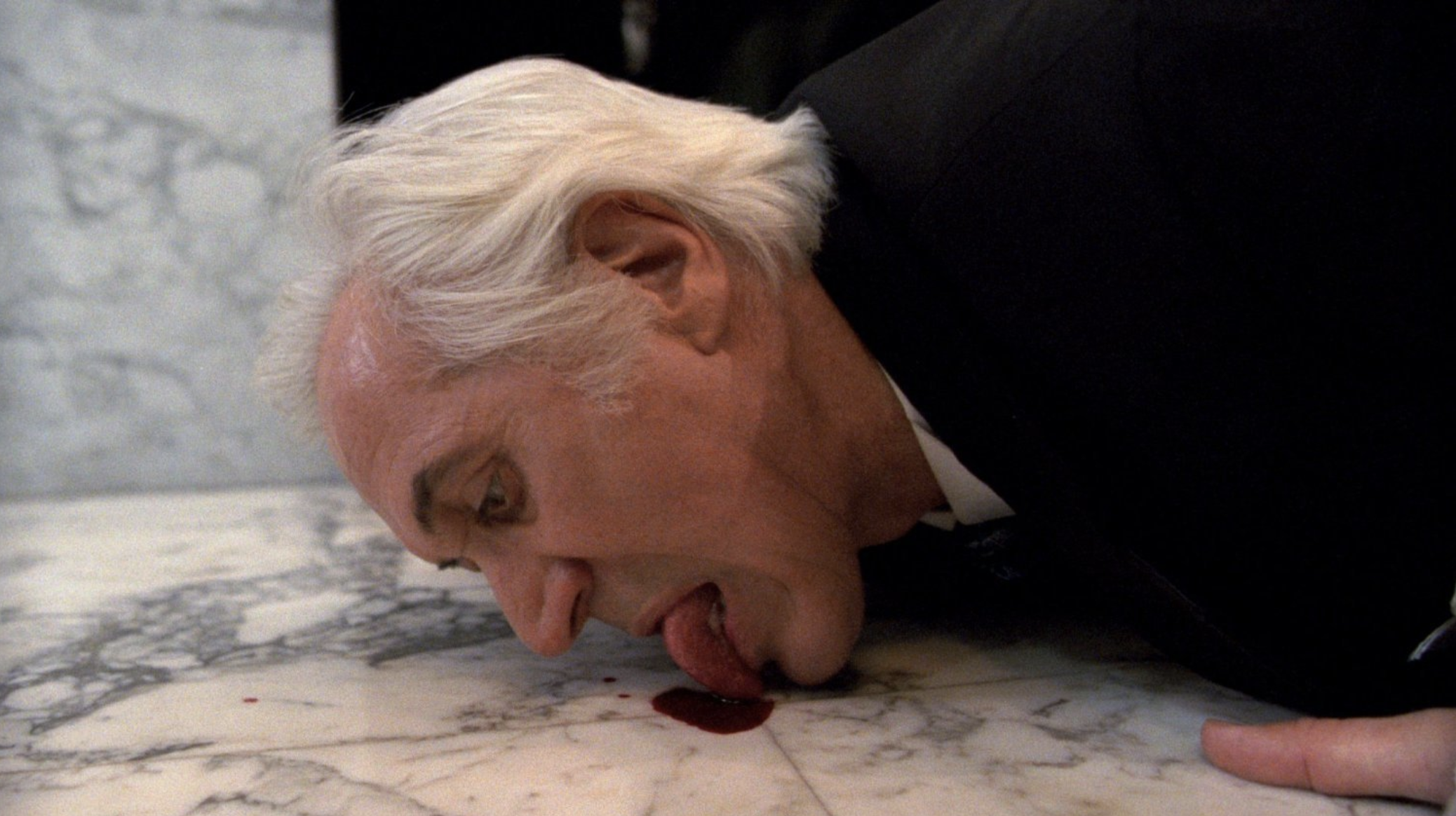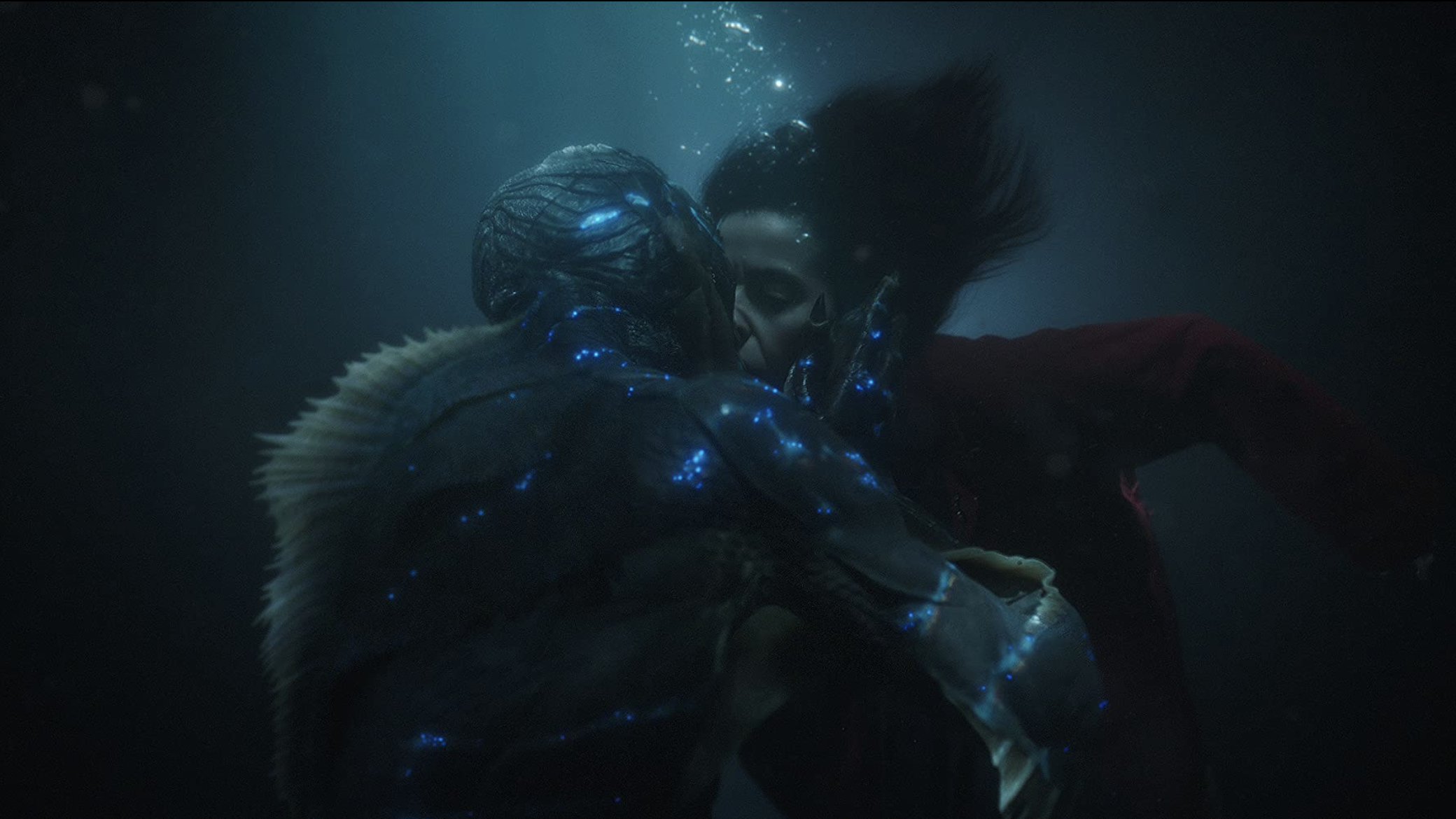By Sara Espinosa Rastoll, Second Year, English Literature & Philosophy
Guillermo del Toro doesn't only make films that comprise an engaging and satisfying plot and excellent special effects, but also reflections on the camouflaged monsters that haunt us all.
Towards the beginning of his career as a film director, at the age of only twenty-nine, del Toro shocked audiences with his dark creation Cronos (1993), featuring a vampiric device that offers immortality in exchange for human blood. Watching the film, one is immediately faced with the issue of profit (in this case, in the form of time) at the expense of others. The everyday realities of social order are masked with mythologies that emphasise the horrors intrinsic to them. Instead of being critical of his characters, however, we are made to feel sympathy towards even those that are corrupt. Jesus Gris (Federico Luppi) incarnates an immortal old man that is tempted by a supernatural device but, notably, this character is also one with a family that he very much cares about, as the viewer witnesses through his relationship with his wife and granddaughter. Rather than a conventional film about vampires, del Toro ultimately creates a film about humankind.

Thirteen years later, the director enchanted the public with Pan’s Labyrinth (2006), a sinister fairytale in which the protagonist, Ofelia, is stripped of her innocence following the Spanish Civil War. Ofelia embarks on a magical journey, guided by a mystical faun, who leads her through three trials. This journey is seen by some critics as a way of shielding herself from the harsh actuality of her situation, whereas others see symbols of the fascist regime in the monsters that Ofelia is made to confront during her adventure. What manages to unite all film fanatics is the underlying battle of good and evil that recurs both in her fantasy world and her real life.
A favourite trope of del Toro is the uncertainty of what is good and what is evil, making it practically impossible to identify them in his fabulous creatures. The faun that guides Ofelia, for example, looks somewhat disturbing but cannot be rationally classed as evil. Del Toro leaves the viewer troubled and perturbed, once again challenging popular fairy tale endings and adjusting genre for his intentions and perspectives about civilisation.
A favourite trope of del Toro is the uncertainty of what is good and what is evil, making it impossible to identify them in his fabulous creatures
The culmination of his career so far was the Oscar-winning The Shape of Water (2017), a dramatic film starring Sally Hawkins as a young cleaning lady and Doug Jones as an eerie, humanoid amphibian creature. The film tracks an intimate relationship between the two characters, lonely individuals who find harmony in each others’ presence. The creature is, like del Toro’s other creations, a peculiar and grotesque figure, but, through its tender depiction, the director manipulates the audience into sympathising with the monster. This is his signature move in a way; pointing out that evil can often emanate from the most unexpected people.

Celebrating the birthday of Taika Waititi: vampires, Wilderpeople and Hitler
It is with astonishing talent that Guillermo del Toro delivers these controversial messages, and with Tim Burton-esque imagery, his tenebrous style is beautifully reflected in the sinister cinematography. Inevitably, del Toro becomes something more than just a film director: a risk-taking visionary that experiments in all facets of his art. The result of all these creative projects is an acclaimed trajectory that inspires other pioneering artists to do the same kind of exploration – but with a fresh new voice and brand.
Featured: IMDb
Which is your favourite Guillermo del Toro film?








